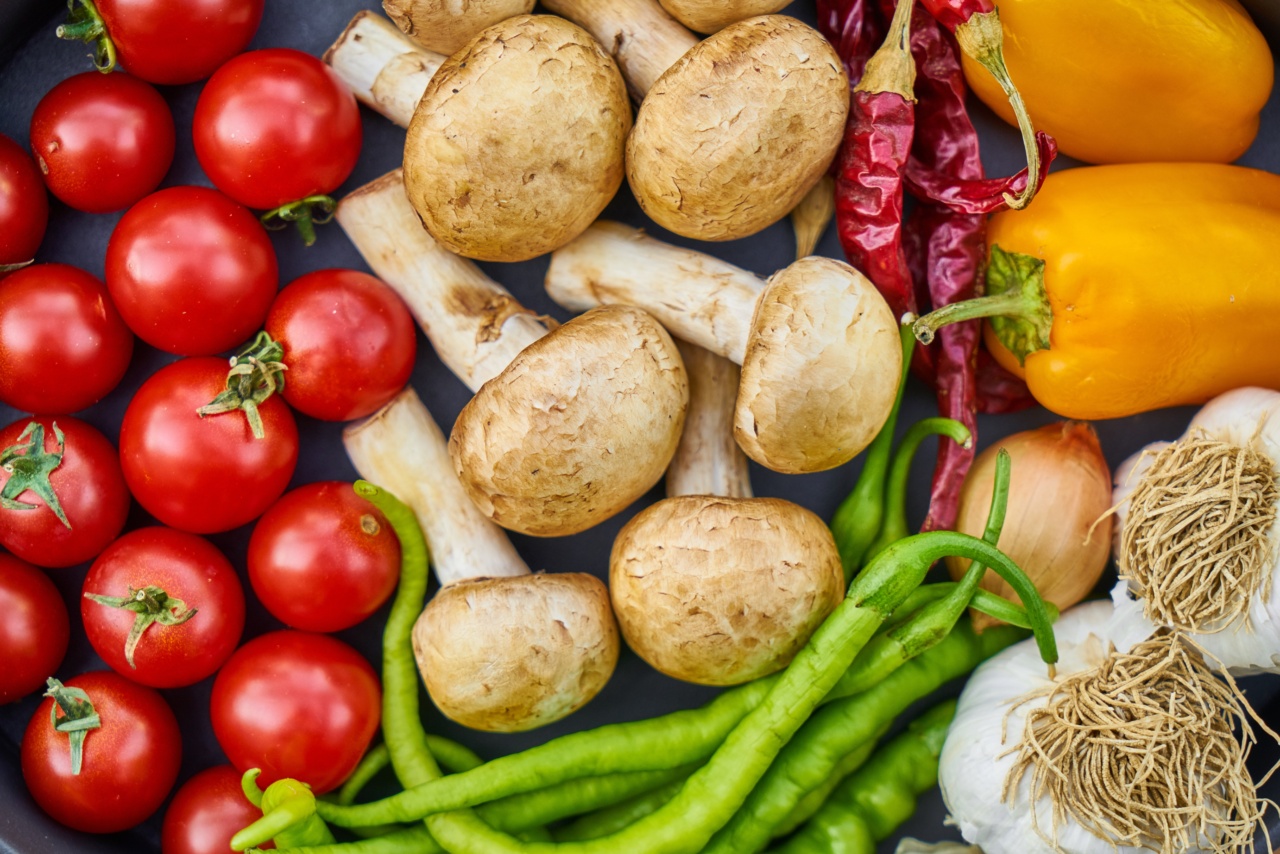Your diet plays a vital role in managing your cholesterol levels. By making a few simple changes to your cooking habits, you can effectively lower your cholesterol and improve your heart health.
In this article, we will discuss eight easy changes you can make in your cooking routine to help reduce your cholesterol levels.
1. Choose Healthy Oils
The type of oil you use in your cooking can have a significant impact on your cholesterol levels.
Opt for heart-healthy oils such as olive oil, avocado oil, or canola oil, which are rich in monounsaturated fats and can help lower bad cholesterol (LDL) levels in your body. Avoid using oils high in saturated or trans fats, such as palm oil or coconut oil, as they can raise your cholesterol levels.
2. Cook with Lean Proteins
When choosing proteins for your meals, opt for lean meat cuts, skinless poultry, fish, or plant-based proteins such as beans and lentils. These options are low in saturated fats and cholesterol, making them heart-healthy choices.
Additionally, trim any visible fat from meats before cooking them to further reduce the intake of unhealthy fats.
3. Embrace Whole Grains
Replace refined grains like white rice and white bread with whole grains like quinoa, brown rice, whole wheat pasta, and whole-grain bread.
Whole grains are rich in fiber, which can help lower cholesterol levels by reducing the absorption of cholesterol in the bloodstream. They also provide essential nutrients that are beneficial for your overall health.
4. Increase Fruit and Vegetable Intake
Fruits and vegetables are loaded with antioxidants, fiber, and essential vitamins and minerals that contribute to heart health. Add a variety of colorful fruits and vegetables to your meals, aiming to fill half of your plate with them.
They are cholesterol-free and low in calories, making them an excellent choice to incorporate into your cooking routine.
5. Opt for Low-Fat Dairy Products
Full-fat dairy products like whole milk, cheese, and butter are high in saturated fats, which can raise your cholesterol levels. Switch to low-fat or fat-free options like skim milk, reduced-fat cheese, and yogurt.
These alternatives are equally delicious but significantly lower in saturated fats.
6. Limit Salt and Sodium
Excessive salt and sodium intake can contribute to high blood pressure, which is a risk factor for heart disease. Use herbs, spices, and other flavorings like lemon juice or vinegar to season your dishes instead of relying on salt.
By reducing your sodium intake, you can support healthy blood pressure levels and reduce the risk of developing heart-related complications.
7. Bake or Grill Instead of Frying
Fried foods can be high in unhealthy fats and cholesterol due to the oil absorption during the cooking process. Instead of frying, try baking, grilling, or steaming your food.
These cooking methods require little or no added fats, allowing you to enjoy tasty meals without raising your cholesterol levels.
8. Avoid Processed and Packaged Foods
Processed and packaged foods often contain high levels of trans fats, sodium, and added sugars. These components can negatively impact your cholesterol levels and overall health.
Opt for fresh, whole foods whenever possible, as they are naturally lower in unhealthy fats and excessive additives.
By implementing these eight easy changes to your cooking routine, you can lower your cholesterol levels and improve your heart health. Remember, small adjustments can have a significant impact on your overall well-being.
Start incorporating these cooking habits today and enjoy a healthier lifestyle.




























